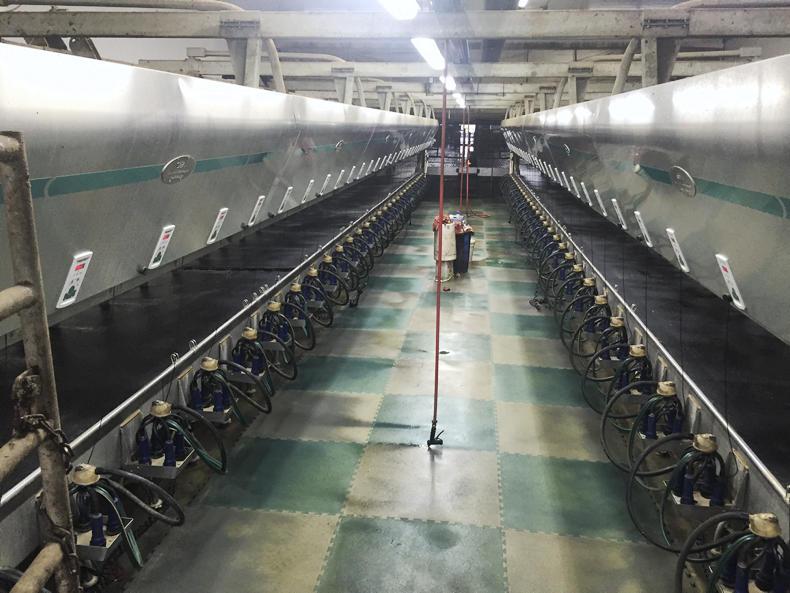In 2006 Rodney and Dorothy Elliot bought a farm in South Dakota in the Midwest of the United States.
They were stars of the BBC television show Wanted: Farmers, which profiled the family’s transition from Fermanagh to South Dakota. Ten years later, the Irish Farmers Journal visited the farm to see how the Elliots are getting on.
The sale of the farm in Fermanagh enabled Rodney to buy 160 acres of excellent-quality land in South Dakota. But this land was bare corn ground, so to set up a dairy he needed to build a barn, parlour, feed bunkers and buy cows.
“The initial plan was to build an 850-cow barn. I remember I was in discussions with a few banks around finance. I needed to borrow around a million dollars. The first banker came back and said he wouldn’t lend me one million, but he would lend me three million,” Rodney says.
“He was right, we were thinking too small because we would have all the overheads but not the efficiencies of a larger farm so we went for 1,000 cows and then increased rapidly to 1,700 cows by year two and we have been growing ever since.”
Today the Elliots have 4,500 cows. About 600 of these are dry at any one time so there are always around 3,900 cows delivering milk. Cows calve every 13 months and average yield is 12,000 litres per cow.
Cows are housed all year round in cubicle sheds. A second parlour and barn was built between 2013 and 2015 to house 2,600 cows.
The main forages are corn silage (maize) and alfalfa haylage. These make up about 50% of the diet with the rest coming from grains and concentrates. It takes about 3,000 acres of corn silage and around 2,000 acres of alfalfa to feed the herd. The Elliot’s son David is in charge of the feeding on the farm.
About 65% of the herd is now crossbred. The breeding policy is to breed the Holstein Friesian cows to Jersey and then to breed these to Swedish Red before going back with Holstein again.
“I can’t wait until all the herd is all crossbred. They are so much better than the pure black and white cows in terms of health, fertility and milk solids production. I couldn’t care less what a cow looked like. The fact is that crossbreds are more profitable so that’s why I have them.”
There are 50 people working on the farm, mostly Hispanic. Cows are milked three times a day so the two parlours are going 24 hours a day.
With the downturn in milk prices, the farm is on track to break even or do slightly better this year. Milk price is currently $18.85/cwt (37c/l). This is the price Rodney receives which is $1.35/cwt (2.64c/l) above the base price due to higher solids and meeting the quality parameters. SCC is currently 140,000.
Operating costs are $17.70/cwt (34.69). This includes all debt repayments and Rodney and Dorothy’s salary. While the farm is generating a surplus now, milk price was lower earlier in the year so Rodney expects the farm to breakeven with everyone paid. Depreciation is not included in these costs.
For a more detailed report on the Elliots and their progress at Drumgoon Dairies in South Dakota, check out this year’s Dairy Farmer magazine, which will be available in November.






 This is a subscriber-only article
This is a subscriber-only article













SHARING OPTIONS: